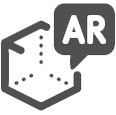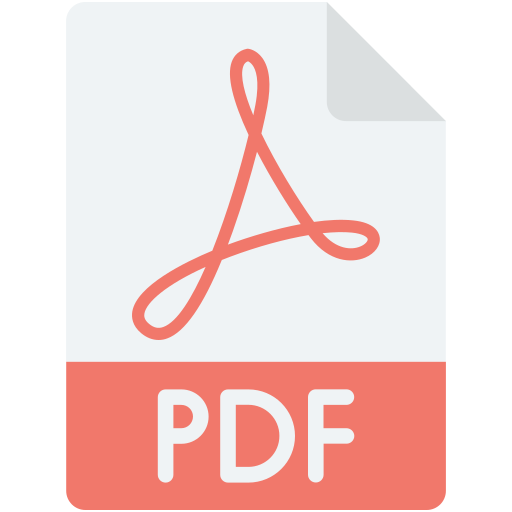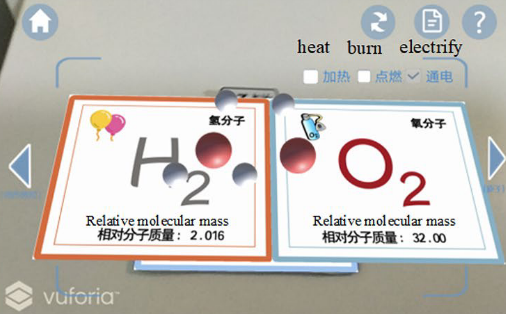5️⃣ The structure of molecule 
In this research, we introduced an AR-based atom experiment to enhance junior high school students’ understanding of chemistry. Students can use AR markers to visualize atoms, combine them to form molecules, and ultimately create representations of real substances (e.g., water). This application was developed in accordance with Johnstone’s (1993) three levels of chemical representation.
We conducted a quasi-experiment in a junior high school to compare its effectiveness with traditional experiments. The learning activities were designed based on Kolb’s (1984) experiential learning cycle. The results indicate that the AR application significantly increased students’ knowledge transfer. Students also demonstrated heightened motivation and a high perception of the utility of the AR tool.
Publications:
- Effects of an Augmented Reality-Based Chemistry Experiential Application on Student Knowledge Gains, Learning Motivation, and Technology Perception
Qingtang Liu, Jingjing Ma, Shufan Yu, Qiyun Wang, Suxiao Xu. (2023).
Journal of Science Education and Technolog, 32, 153–167.

